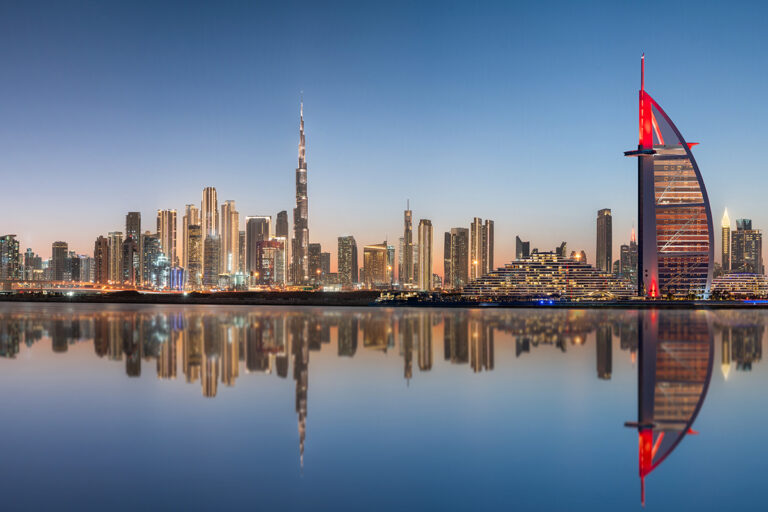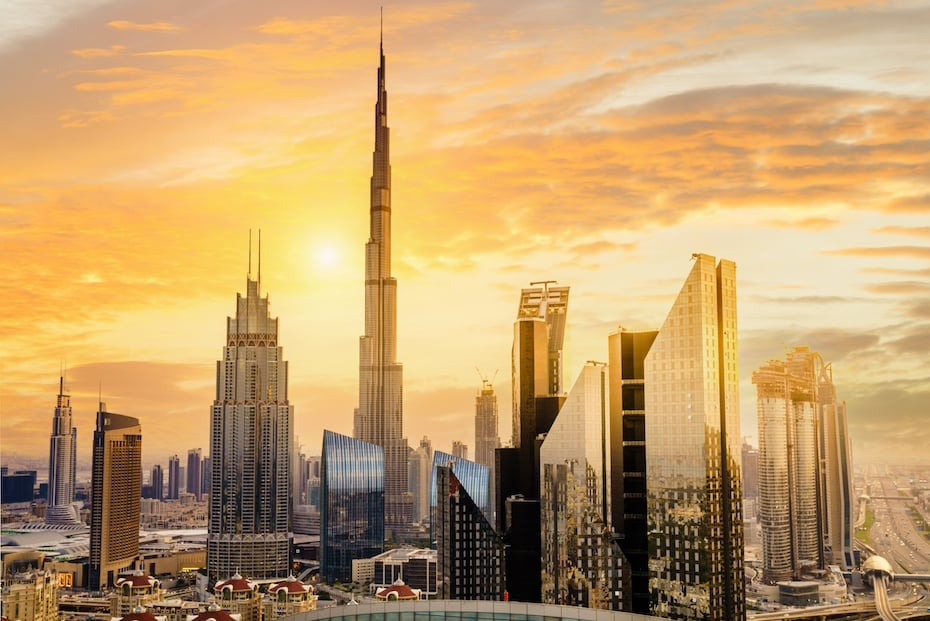
Dubai’s property market continues to make global headlines as one of the most dynamic real estate sectors in the world. Each month brings new insights, and September 2025 was no different. Investors, homeowners, and developers closely track the market to understand whether Dubai will sustain its strong growth or move into a phase of stabilization.
The September update reveals key trends that highlight both opportunities and challenges. From residential apartments in prime locations to luxury villas and off-plan developments, the city’s real estate sector remains a hub of activity for local and international buyers.
September 2025 recorded steady transaction volumes, with Dubai Land Department (DLD) reporting thousands of sales across apartments, villas, and commercial properties. While summer months often show slower activity due to seasonal factors, September displayed resilience.
Property prices, which had seen double-digit growth over the last two years, are showing signs of moderation. Analysts suggest that the market is gradually balancing after a period of rapid expansion. This shift is considered healthy for long-term sustainability, preventing overheating.
Luxury properties remain in high demand, particularly in neighborhoods such as Palm Jumeirah, Downtown Dubai, Dubai Hills Estate, and Emirates Hills. Meanwhile, mid-income housing segments also witnessed strong interest, driven by Dubai’s growing population and rising demand for affordable housing solutions.
One of the most striking features of the Dubai real estate market is the dominance of off-plan sales. September continued this trend, with developers launching new projects that attracted strong investor interest. Buyers are drawn to flexible payment plans, competitive prices, and the potential for future capital appreciation.
Areas like Dubai South, Jumeirah Village Circle, and MBR City saw a surge in off-plan transactions. Developers are also competing to offer lifestyle-driven communities, complete with modern amenities, green spaces, and family-friendly designs.

The rental market in September saw further growth, with rents rising across several key communities. Dubai Marina, Jumeirah Lake Towers, and Downtown Dubai remain popular among professionals, while suburban communities like Arabian Ranches and Damac Hills attract families seeking larger living spaces.
Higher rental demand is partly fueled by Dubai’s growing expatriate workforce. The city’s economy is expanding across multiple sectors, including technology, finance, hospitality, and logistics. This has led to a surge in professionals relocating to Dubai, driving up rental prices in desirable locations.
Dubai’s status as a safe, investor-friendly hub continues to attract global capital. In September, international buyers played a significant role in the market. Investors from Europe, Asia, and the Middle East contributed heavily to both luxury and off-plan transactions.
The UAE government’s Golden Visa program and favorable business regulations remain important drivers. Long-term residency options have given confidence to buyers, particularly those looking for stability and security in a growing economy.
When compared to July and August, September showed a more balanced performance. While transaction volumes remained strong, price increases were less aggressive. Experts believe this signals a gradual cooling, which is essential to avoid a bubble.
Secondary market sales also picked up, with more ready properties entering listings. This trend is positive for end-users who prefer immediate occupancy rather than waiting for off-plan completion.

September was also active for developers, with multiple high-profile project launches. From waterfront luxury apartments to eco-friendly communities, Dubai’s developers are tapping into the city’s vision for sustainable and modern living.
Sustainability has become a major focus, with many new projects integrating energy-efficient designs, smart home technology, and green landscapes. This aligns with Dubai’s long-term strategy to become a global leader in sustainable urban development.
Despite the strong performance, experts caution that the market faces certain challenges. Rising interest rates globally could impact financing costs for some buyers. Additionally, rapid construction activity may increase supply in the coming years, potentially affecting price growth in certain segments.
However, Dubai’s strong fundamentals – including population growth, business-friendly environment, and global connectivity – suggest that demand will continue to support the market.
Looking ahead, analysts expect Dubai’s property market to maintain steady growth, though at a slower pace than seen in 2022–2024. The market is likely to move toward stabilization, with more realistic price adjustments.
Investors will continue to favor off-plan projects, while end-users will benefit from greater availability in the secondary market. The rental market is expected to remain strong, especially in prime communities close to business hubs.
Dubai’s property sector is also supported by upcoming global events and continuous infrastructure development. From new transport projects to tourism initiatives, the city remains attractive for residents and investors alike.
The Dubai property market update for September highlights a sector that is evolving from rapid growth into sustainable stability. Prices are moderating, rental demand is climbing, and foreign investment remains strong. For buyers, this is a time to act with careful planning, while for investors, Dubai continues to represent one of the most exciting real estate opportunities worldwide.
As the year progresses, the market will reveal whether it can maintain this balance between growth and stability. But one thing remains clear – Dubai’s property market continues to be a global hotspot, offering unmatched opportunities for those ready to invest in its future.
READ MORE:- Shobha Realty Launches Its Most Luxurious Project Yet—Full Details Inside 2025
